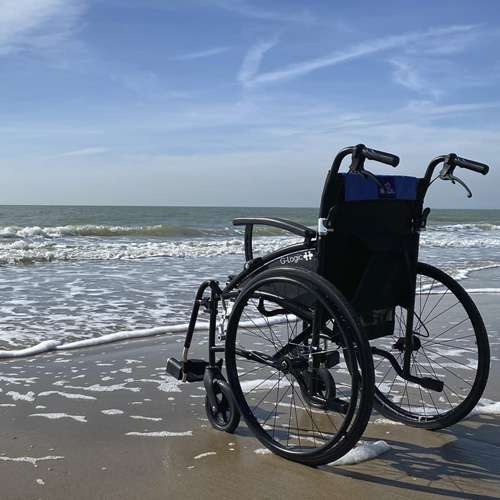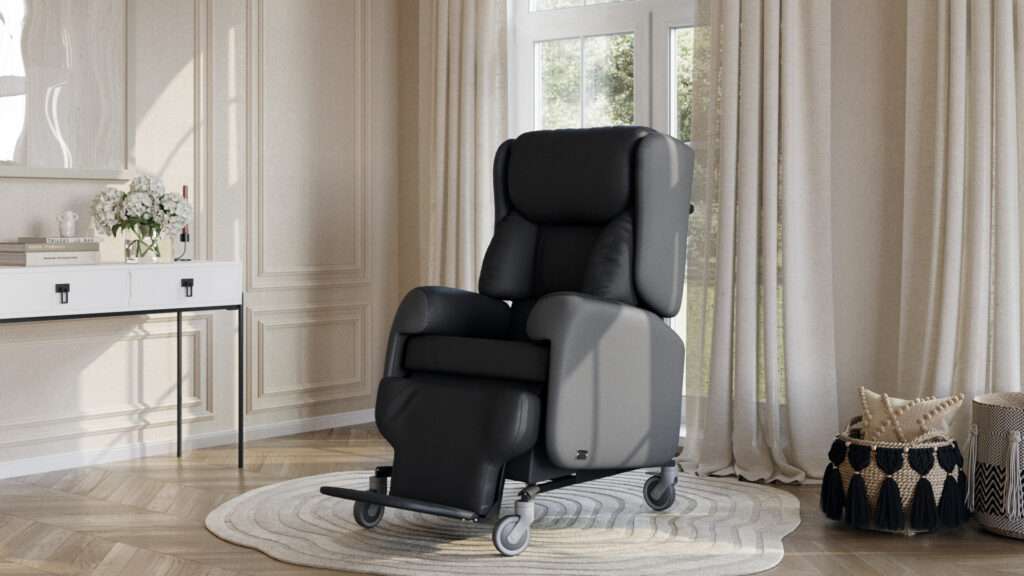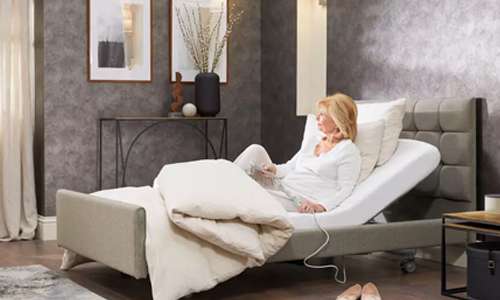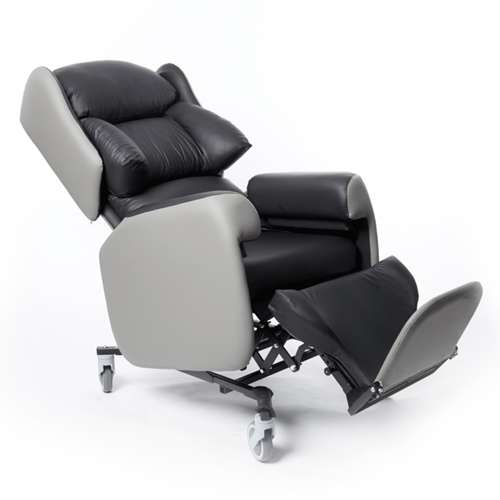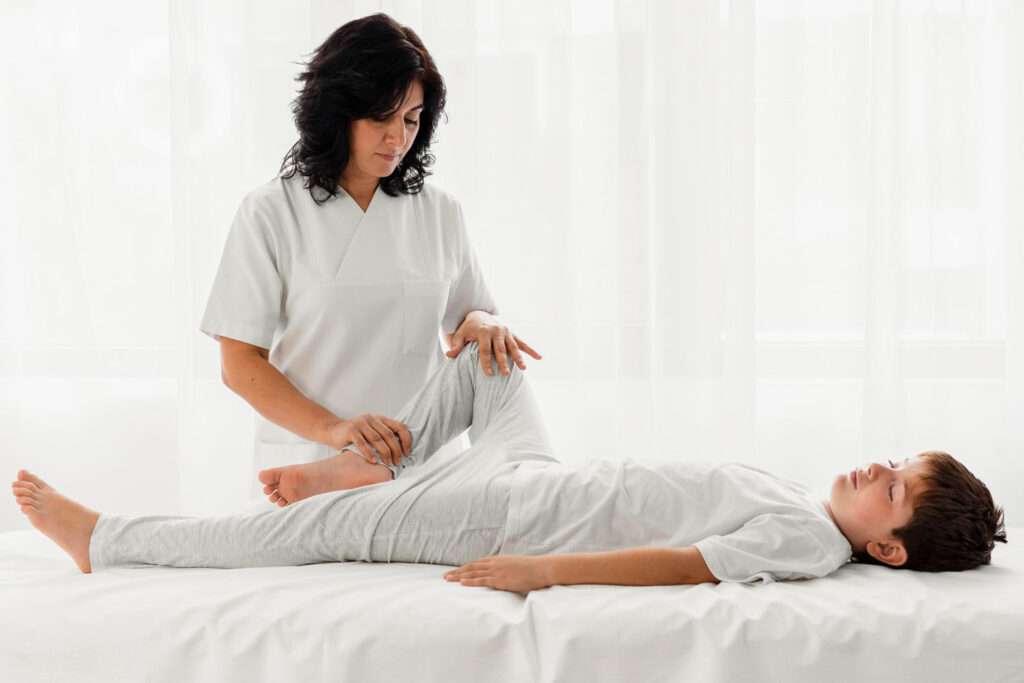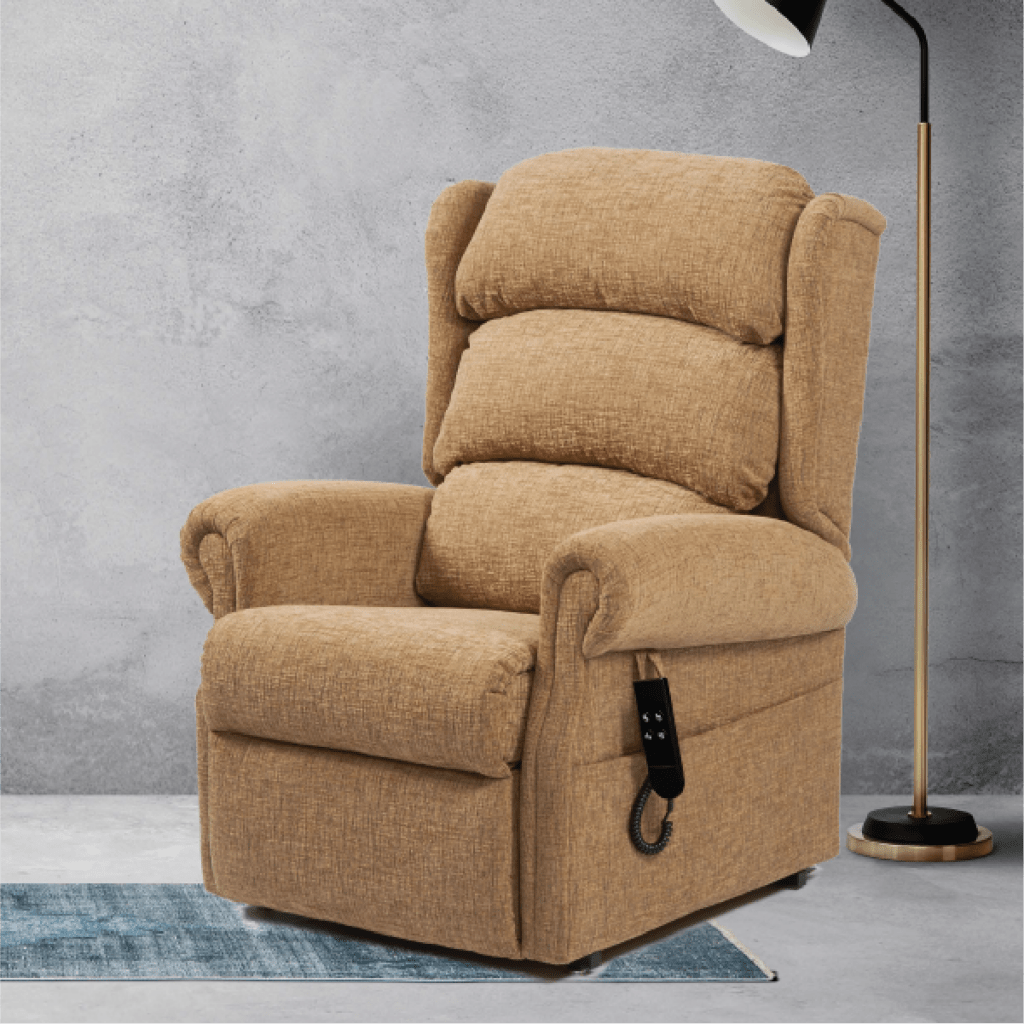When someone comes into our showroom to buy a manual wheelchair their number one request is for a “folding, lightweight wheelchair”…the good news is we have exactly what they are looking for.
Let’s face it, no-one wants a heavy wheelchair and there are lots of different types of lightweight wheelchairs on the market for you to research and choose from.
Jump straight to...
Different Chairs, Different Weights
For the purposes of this article, we have listed these chairs in order of weight, from lightest to heaviest.
For clarification, the weights listed are the standard weights published by the manufacturers. Bear in mind that the weights will vary slightly depending on whether you go for the narrow or wide version, smaller or larger wheels, or remove the wheels and footplate from the chair.
Ergo Lite
- Lightest crash-tested wheelchair on the market
- Weight: 8.8kg
- S-Ergo system provides pressure relief and reduces sliding
- Aegis microbe shield
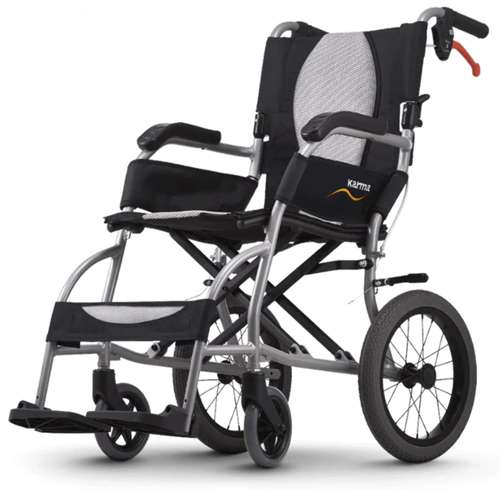
Ergo Lite
I-Lite
- Lightweight budget wheelchair
- Weight: 9kg
- Black solid wheels and castors
- Folds down quickly and easily
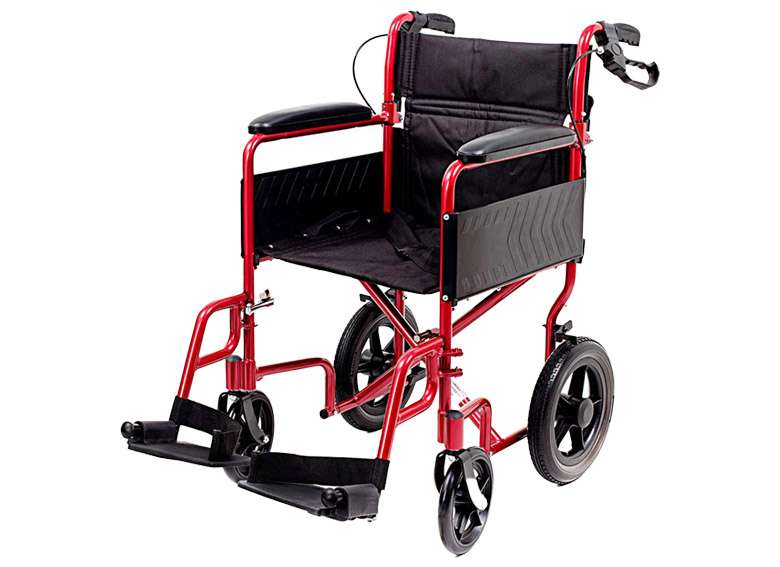
I-Lite wheelchair
Ergo Lite 2
- Ultra-light aluminium wheelchair
- Weight: 9.3kg
- S-Ergo seat system
- Detachable swing-away footrest
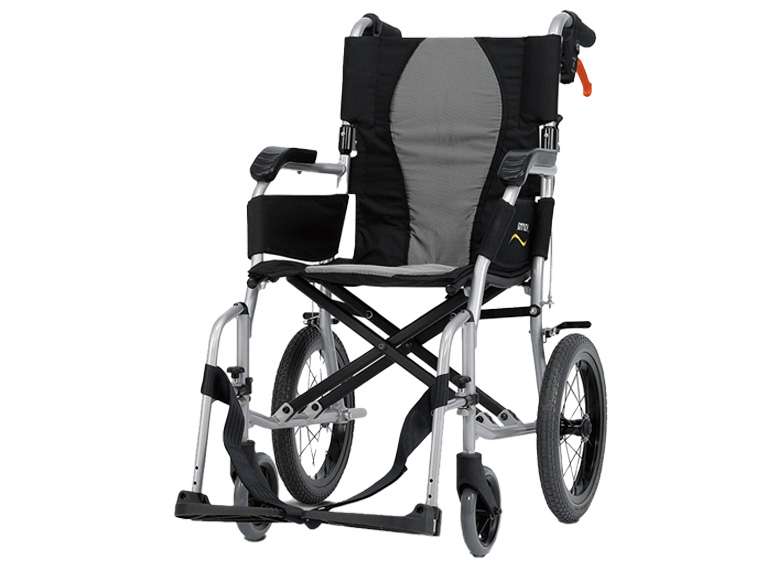
Ergo Lite 2
Ergo 115
- Ultra-light aluminium wheelchair
- Weight 11.7kg
- S-Ergo seat system
- Easy to store and transport
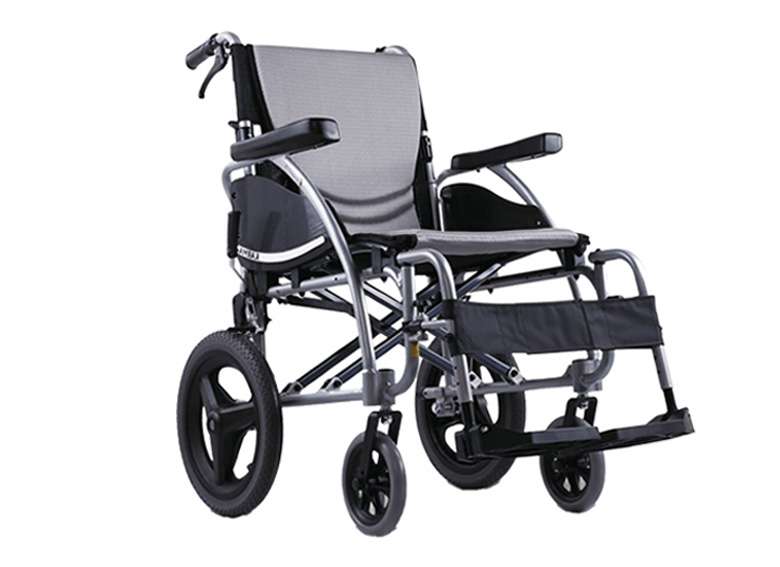
Ergo 115
Alulite
- Simple budget transit wheelchair
- Weight: 12kg
- Folds for compact storage
- Swing-away height adjustable footplates
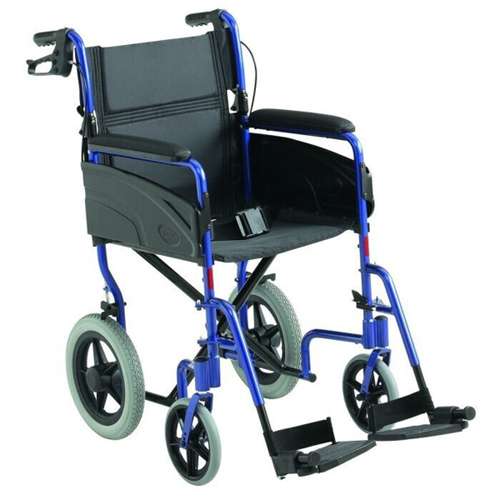
Alulite
Ergo 125
- Lightweight aircraft-grade aluminium frame
- Weight: 13kg
- Flip-up armrests
- Double cross brace frame
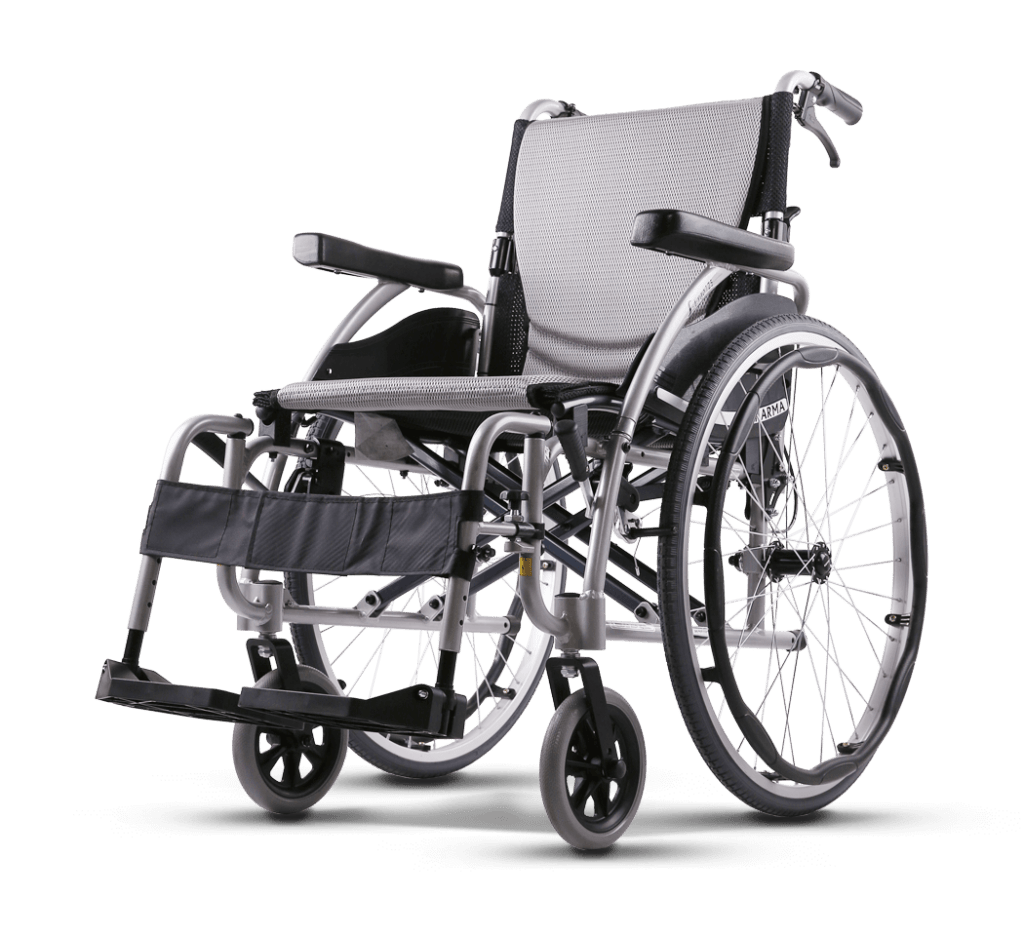
Ergo 125
Action 3 NG
- Lightweight active wheelchair
- Weight: 13kg
- Modular design
- Customisable
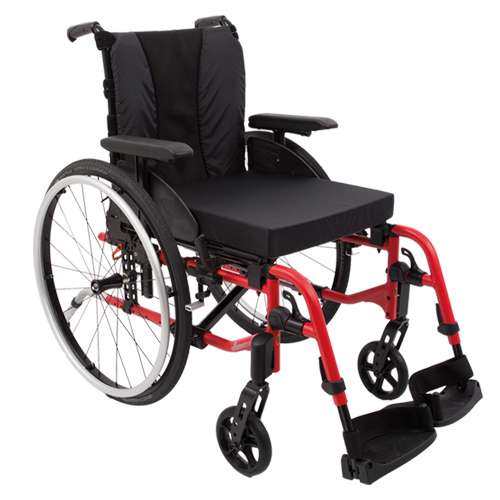
Action 3 NG
Flexx
- Configurable transit wheelchair
- Weight: 14.1kg
- Adjustable seat dimensions
- Lightweight aluminium frame
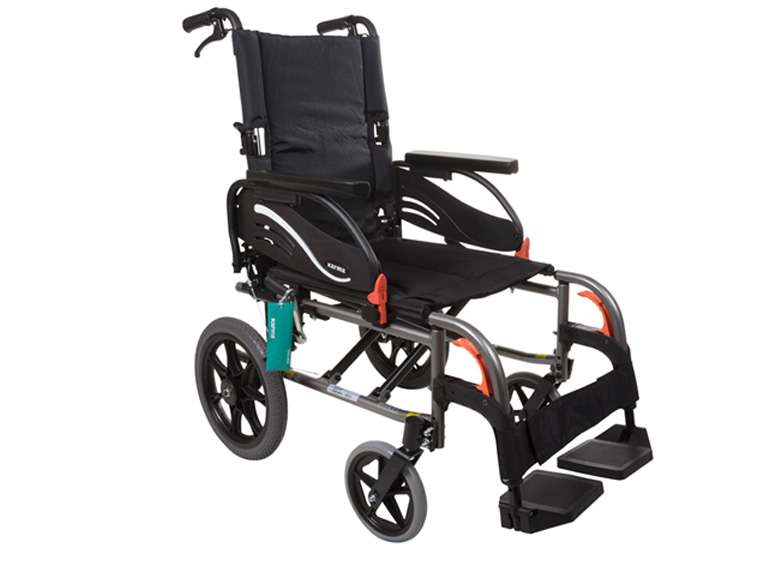
Karma Flexx
Pros and Cons
Here we look in more detail at the pros and cons of lightweight manual wheelchairs.
Pros
- Easy to lift into a car
- Easy to manoeuvre
- Easy to fold and dismantle
- Easy for patient to propel themselves if required
- Small and compact, can fit into a car boot or other small storage space
Cons
- More expensive due to higher grade materials
- Solid tyres as pneumatic are heavier
- Not suitable for patients over a certain weight and size
- Not suitable for people with certain conditions that require more specialisation
- Minimal padding in seat to keep weight down
- No electric assistance — although powerpack can be purchased separately
Other Points to Look For
While weight is the holy grail for most wheelchair users, it is important not to compromise on other factors that enhance the experience for both the user and the carer.
These are size, comfort, and manoeuvrability.
Size
Like all seating we need to consider the height, width and depth of the chair so it is the right proportions for the user.
Seat height — seat to floor, although footrest length will be the key measurement here
Seat width — ensure you measure the internal width just above the seat, not between the armrests.
Seat depth — front of seat to backrest
Armrest height — you don’t want armrests too high as they will cause shoulder ache.
Always allow a slight gap of 1-2 inches on each side for extra clothing and any possible expansion!
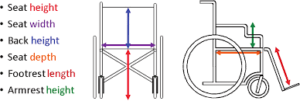
Comfort
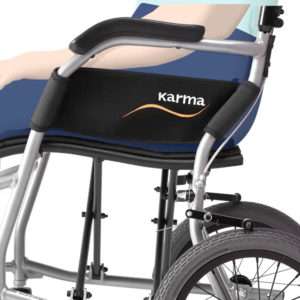
Ergo seating system
The advantage of the Ergo range is the ergonomically shaped seat frame. It is slightly curved to distribute the weight across the upper legs making the user more comfortable. This helps for extended periods of sitting but it should be remembered that these wheelchairs are not designed for sitting in for long periods of time.
To increase comfort consider the addition of a foam cushion. There are a range of standard wheelchair cushions available to purchase in different foams, widths and thicknesses. They usually have removeable covers which can be washed, in either dartex (easy to wipe clean) or velour (softer fabric). With the addition of a cushion you are increasing the seat height, so ensure that you factor this in when you are looking at sizing.
Manoeuvrability
Height of the handlebars, types of wheels and castors all make a difference to the ease of pushing someone around. How easy it is to apply the brakes is also important for safety reasons.
For the user, if they have sufficient upper body strength to propel themselves with handrims, the reach, grip and diameter of wheel all affect how easy it is to wheel themselves around. Wheelchair gloves can be purchased to make this easier.
How to Locate a Dealer and Try Before You Buy
Manufacturers of the chairs will be able to advise you who their local dealer is in your area, sometimes this information will be available on their website.
Some things you might want to bear in mind before visiting a mobility shop:
- Check what available stock they have to demonstrate and try out, this will help you compare and eliminate options.
- Check what kind of space they have available to try using the wheelchairs, inside and out.
- Check what level of after-sales service and support they offer, this can be useful if you need to replace missing or damaged parts.
Don’t be afraid to try the chair out as much as you need to before making a buying decision. Normally showroom staff will be more than happy for you to browse through the options; don’t feel pressured into buying something you are not happy with, and above all don’t worry about asking lots of questions. Buying a wheelchair for the first time can be quite a daunting experience for some and mobility suppliers should do their best to make you feel at ease.
Get them to show you how it folds up and dismantles, and go through all the motions yourself including lifting in and out of the car. There is nothing like handling the chair and seeing how it feels underneath you, and you may even find that the lightest chair is not necessarily the best one for you!
Safety
We want to touch briefly on safety for the user and attendant of the chair.

Wheelchair anchor point
If you intend to use a wheelchair-accessible vehicle, check that the wheelchair has been crash-tested. This will be a shown by a hook symbol displayed on the frame of the chair.
Check the wheelchair has a lapbelt, this is a standard feature on most wheelchairs.
If being pushed by an attendant check the squeeze-brakes are on the handlebars to prevent the chair running away on a steep gradient. Some chairs have an additional lock on the attendant brake for extra safety. Likewise if the chair is self-propelled, check they can access and operate the locking brakes near the wheels.
Conclusion
When buying a wheelchair, as the saying goes it’s horses for courses. The key things to consider in our opinion are:
- Do your research (which is why we have put this article together for you!)
- Try before you buy to make sure you feel comfortable
- Don’t just go on price. There is no price to put on your comfort and quality of life, so don’t be put off if you have to pay that little bit extra to get what is right for you.
For further details on our range of manual wheelchairs and advice on mobility products contact our team.
Get Expert Advice





